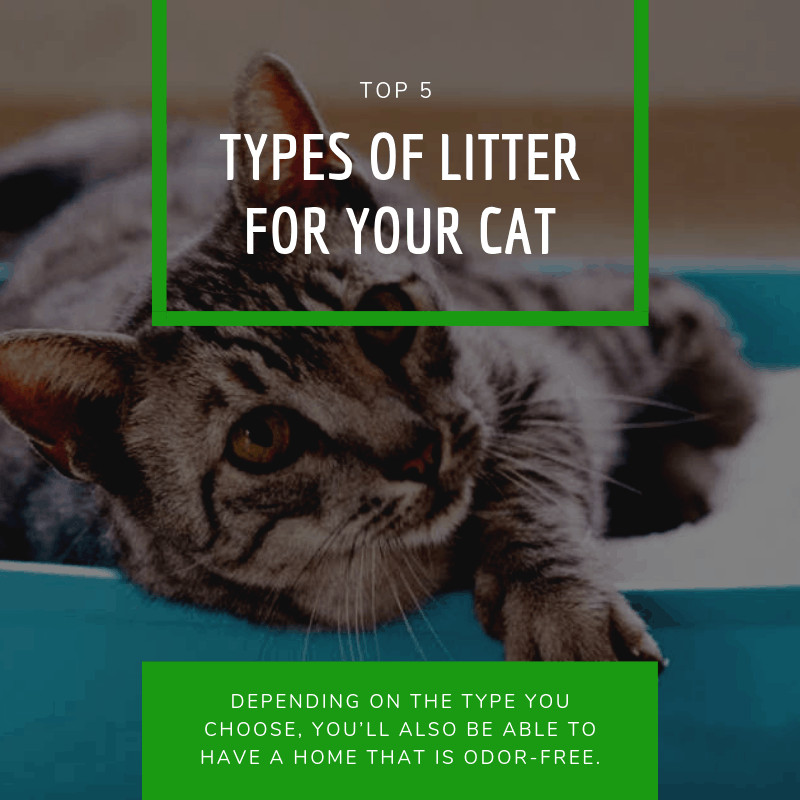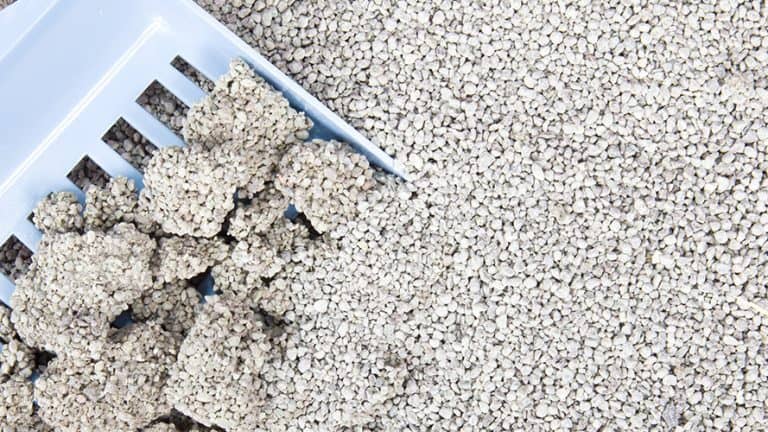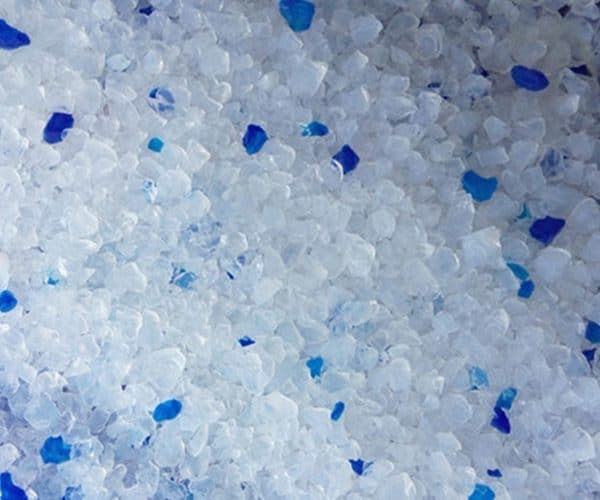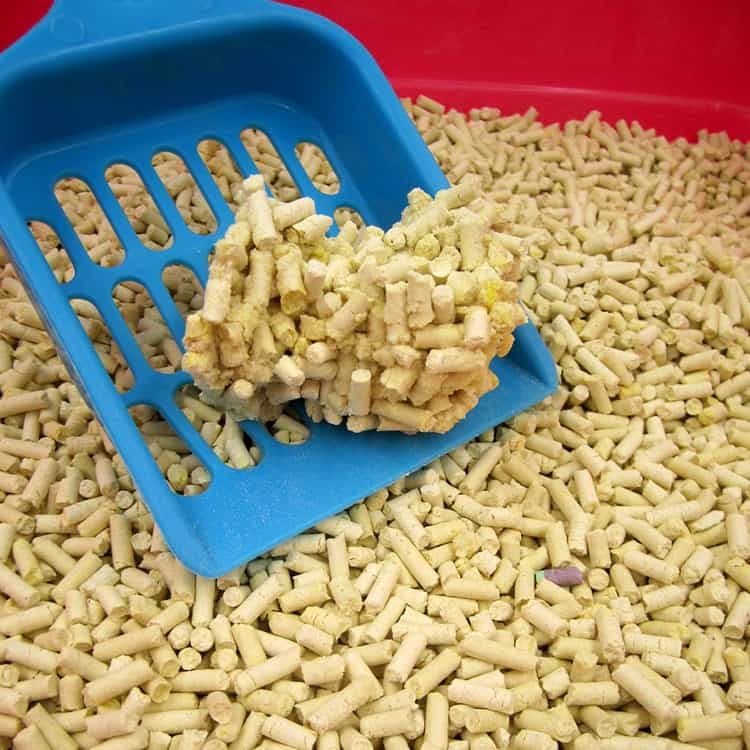Getting a cat is an amazing decision. Cats are great companions if you are looking for a low-maintenance pet that could potentially save your life. Check out any news articles featuring cats rescuing their owners from burning buildings, and you’ll see why feline companions are more than just heartwarming, precious furballs.
But not everything is going to be roses and meadows. Your cat has basic needs. These include yummy food to eat, a regular source of clean water, and last but not least, somewhere to go to the restroom.
Sure, cats can be trained to go to the bathroom in the toilet like people, but that takes a lot of work and some cats will never get it. Most cats prefer to use a litter box. But, what is the best type of litter? Here, we’ll go over the top 5 so you can decide which will be best suited to your cat.
1. Non-Clumping Litter
Non-clumping litter comes in a variety of different forms, all dependent on your cat’s needs. This type might require a bit more cleaning because it doesn’t form little clumps of your cat’s waste. Overall though, the texture is preferable for most cats. Non-clumping materials are also well-known for masking odor and only needing monthly cleaning.
If you’re unsure of what brand is best for your feline friend, there is a helpful review from Cat World listing the best types of non-clumping litter.
2. Clumping Litter
The most popular type of litter is clumping, which allows for easier maintenance. These form clumps that allow you to clean the litter box with a single scoop. They are usually made of the same material as the non-clumping variety but tend to be a bit rougher on the paws of cats because of the components that allow it to clump together.
This type of clumping material is good for odor control and for those who are not home often. They also tend to be more readily available because of their popularity.
3. Silica Gel Crystals
Silica gel crystals have been rising in popularity in recent years. They are made of safe-for-cats silica gels that are super odor and waste-absorbent. Silica gel crystals can be either clumping or non-clumping depending on the brand, but they are specific in the materials used. They are easy to clean and keep for a month.
However, some owners worry that the litter could be dangerous. This is because cats could become extremely sick if they swallow large amounts of the crystals by accident.
4. Corn Pellets
There has been a move towards more natural forms of cat litter since the clumping, silica gel crystals, and non-clumping are not biodegradable. The corn pellets are generally larger than the other types, making it a great option for kittens but not so much for adult cats. Corn pellets easily clump, and they have the added benefit of not sticking to the sides of the litter boxes.
Unfortunately, corn pellets also tend to be smelly. This can necessitate weekly cleanings to get rid of the odor. Plus, it tends to be a pricey alternative compared to the other types.
5. Grass Litter
It’s not actually grass in the litter. It’s grass seeds that are fast-clumping. This litter is boasted to be both odor-trapping and easy to clean. This is another natural litter. It is 100% biodegradable, made from natural ingredients, and can be flushed in the toilet. This litter does not smell as much as the corn pellets, which means that you do not need to change it as often. Grass litter is also the most allergy friendly.
These 5 types of litter ensure that your feline companion has a range of options suited to their preferences and safe for their health. Depending on the type you choose, you’ll also be able to have a home that is odor-free.






